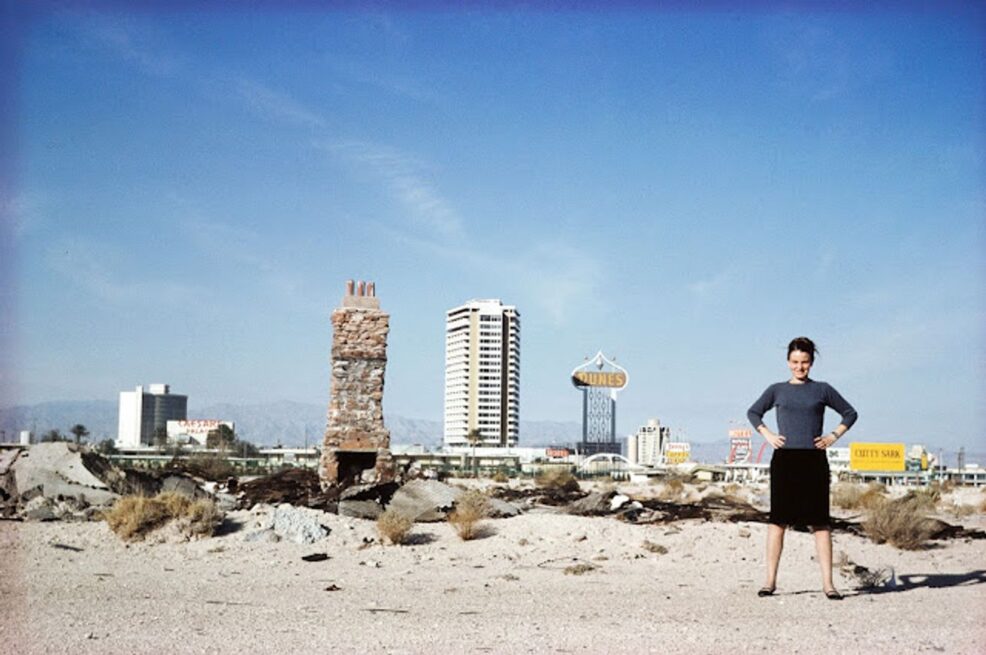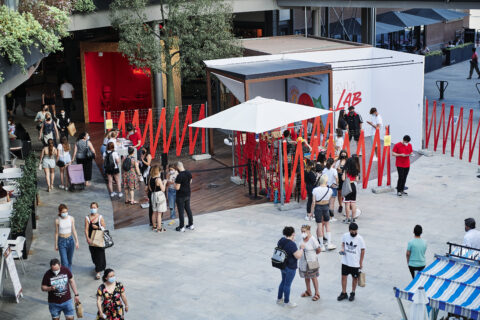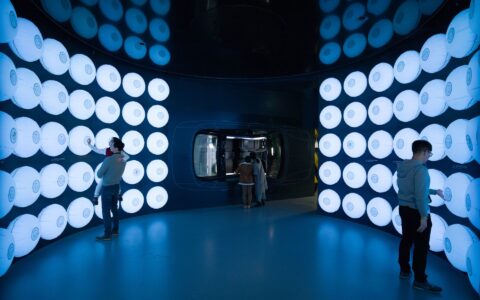Unique woman – Denise Scott Brown
The architect who has spent half her life fighting for the visibility of women in a “man’s world”.
Let me use the first person today to quote you an excerpt from the book “The Art of Cheating Karma” by Elisabet Benavent that fits perfectly with today’s unique woman.
“The figure of the muse has always seemed to me… very unfair. It’s like women are always relegated to the role of ‘companion’ or ‘inspiration,’ but I’m sure that many of the muses of painters, musicians, sculptors… were actually co-creators, but history has silenced them with that falsely romantic title.”
Let’s start calling things by their name: co-creators.
Denise Scott Brown is the protagonist of our Unique women section. A woman architect who has worked all her life for and by buildings with her husband and colleague Robert Venturi. Although she was excluded from the Pritzker Prize in 1991 (despite having co-created all her works together), the architect has since devoted her voice to protesting and debating the difficulties women architects face in being recognized in their profession.
The life of Scott Brown
| Denise Scott Brown (b. 1931) is a postmodern architect, urban planner and writer and is considered to be the most famous architect of the second half of the 20th century. Born in Zambia, but grew up in Johannesburg, South Africa. She studied architecture in the African country where she met her first husband Robert Scott Brown. They eventually settled in Philadelphia to study at the University of Pennsylvania. After Robert Scott’s early death in a car accident, Denise began working at the university and met her future husband Robert Venturi. In 1965 Denise left the University of Pennsylvania to work at the University of California as co-director of the Urban Design Program. During those years he had a special interest in cities such as Las Vegas. |

Scott Brown and Venturi
Denise met Robert Venturi while she was a student at the University of Pennsylvania in 1960. From ’62 to ’64, the two professors began to collaborate, teaching together. Finally in ’67 she married Venturi without changing her last name so as not to lose all the publications she had made so far. That same year Denise joined Venturi’s company as planning manager. Years later, the company in which the two would become partners would be called Venturi, Scott Brown and Associates. Together they created numerous projects such as Seattle Art Museum (1991), National Gallery Museum extension, Sainsbury Wing (1991), Guild House (1960), Nikko Kirifuri Resort (1997) and many other projects.
Pritzker Prize controversy
Working in the same company, signing the works together for 25 years and both works (Scott Brown and Venturi), according to experts, of the same quality was not enough to receive the Pritzker Prize jointly. So in 1991 this acclaimed award from the architectural world was given only to Robert Venturi, excluding architect Denise Scott Brown from any recognition. This was only the beginning of Scott Brown’s fight for the recognition of women in this sector. In protest Denise firmly refused to attend the award ceremony, she firmly believed that the award should have gone to both of them.
In 2013 a group of Harvard University students began an online process to petition for recognition of Denise Scott Brown’s work. The proposal was signed by Robert Venturi himself and all the media echoed the fact that it happened in the early 90s and the under-representation of women in the jury of the awards. In 1991 there was only one woman on the jury, 20 years later there was still only one woman among the professionals who awarded the Pritzker Prize. Following the uproar, the Pritzker Prize committee met and decided not to retroactively award the prize to Scott Brown.
Other awards
In 2015, it was announced that both architects Denise Scott Brown and Robert Venturi would be the new recipients of the 2016 IAI Gold Medal. One of the world’s most prestigious awards in architecture. The medal was awarded for the influence that his writings and designs have had on the theory and practice of architecture, and according to some specialized magazines, it is “a nod” to Scott Brown after the Pritzker controversy. Denise Scott Brown is the second woman to receive the medal and the first woman to receive the award during her lifetime.
Other awards and recognitions received by Denise Scott included AIA Firm Award (1985), National Medal of Arts (1992), Topaz Medallion (1996), Vincent J. Scully Prize (2002), Design Mind Award (2007), Athena Award (2007), Jane Drew Award given by Architects Journal (2017).







